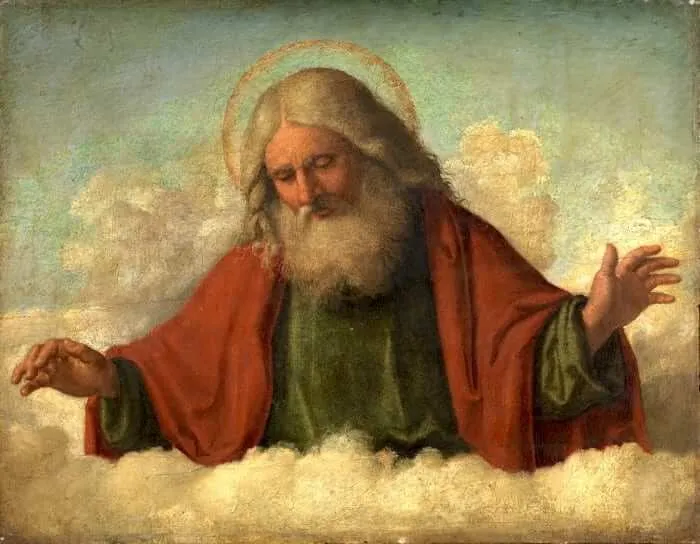Immaculate Conception: How the Church Fathers Saw Mary as the New Eve, by Dave Armstrong

The Pandemic and Pope Francis, by Peter Wolfgang
March 14, 2025
Saint of the Day for March 14: St. Maximilian (274 – March 12, 295)
March 14, 2025
Giovanni Bellini - Madonna in Adoration of the Sleeping Child. Uploaded: 9 June 2011. Wikipedia. Public Domain.
By Dave Armstrong, National Catholic Register, March 11, 2025
Dave Armstrong is a full-time Catholic author and apologist, who has been actively proclaiming and defending Christianity since 1981. He was received into the Catholic Church in 1991. His website/blog, Biblical Evidence for Catholicism, has been online since March 1997. He also maintains a popular Facebook page. Dave has been happily married to his wife Judy since October 1984. They have three sons and a daughter (all homeschooled) and reside in southeast Michigan.
The early Christians consistently recognized Mary as the New Eve, drawing a direct parallel between her obedience and Eve’s fall from grace.
 Many Church Fathers referred to the Blessed Virgin Mary as the New Eve or Second Eve, meaning that she said Yes to God and obeyed him at the Annunciation, as opposed to Eve disobeying, leading to the fall of mankind. This was an analogy to St. Paul’s statement: “As in Adam all die, so also in Christ shall all be made alive” (1 Corinthians 15:22, RSV; cf. 15:45). St. John Henry Cardinal Newman alluded to the development of this notion:
Many Church Fathers referred to the Blessed Virgin Mary as the New Eve or Second Eve, meaning that she said Yes to God and obeyed him at the Annunciation, as opposed to Eve disobeying, leading to the fall of mankind. This was an analogy to St. Paul’s statement: “As in Adam all die, so also in Christ shall all be made alive” (1 Corinthians 15:22, RSV; cf. 15:45). St. John Henry Cardinal Newman alluded to the development of this notion:
As to the antiquity of the doctrine. In the first ages original sin was not formally spoken of in contrast to actual. … Not till the time of St. Augustine could the question be mooted precisely whether our Lady was without original sin or not. Up to his time, and after his time, it was usual to say or to imply that Mary had nothing to do with sin, in vague terms. … This does not go so far as actually to pronounce that she had the grace of God from the first moment of her existence, and never was under the power of original sin, but by comparing her with Eve, who was created of course without original sin, and by giving her so high an office, it implies it. (The Letters and Diaries of John Henry Newman, vol. 22; letter to Lady Chatterton on Oct. 2, 1865) ….




